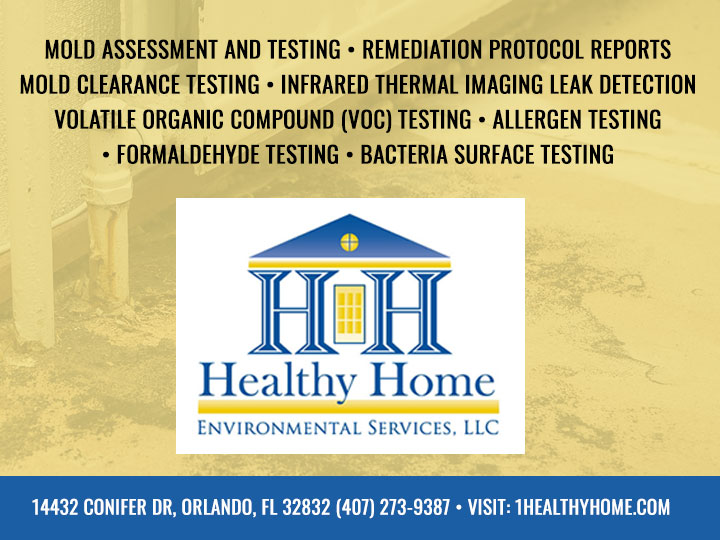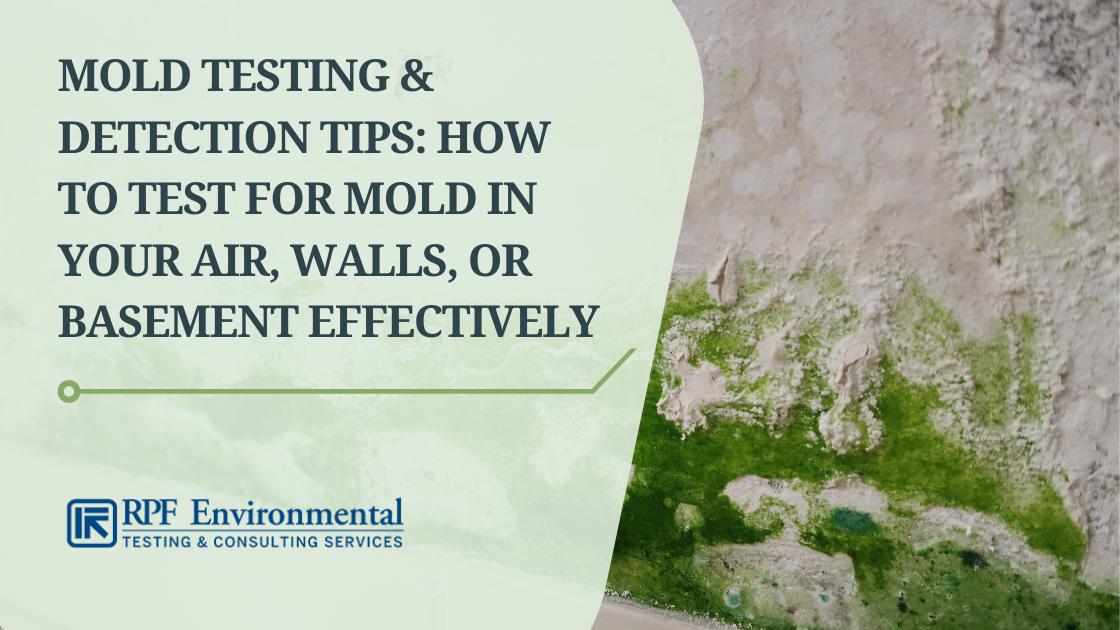Mycotoxin testing Services: A Key Element in Threat Management Techniques
Just How Mycotoxin Screening Assists Protect Against Contamination and Protect Food Materials

Mycotoxin screening is an important practice in the food market, offering as a frontline protection against contamination by unsafe toxins created by mold and mildews. Through the application of advanced strategies like High-Performance Liquid Chromatography (HPLC) and Liquid Chromatography-Mass Spectrometry (LC-MS), food manufacturers can accurately discover and evaluate mycotoxin degrees in farming products.
Comprehending Mycotoxins
Understanding mycotoxins begins with acknowledging that they are hazardous second metabolites generated by particular mold and mildews, which can infect farming items. These metabolites are not crucial for the development or recreation of the fungis yet can have extreme effects for human and animal wellness. Mycotoxins are generally located in staple plants such as corn, wheat, barley, and nuts, where they can multiply under certain problems of wetness and temperature.
There are a number of sorts of mycotoxins, each produced by different fungal varieties. Aflatoxins, generated by Aspergillus types, are among the most notorious, known for their cancer causing homes. One more significant team consists of ochratoxins, created by Aspergillus and Penicillium species, which have nephrotoxic effects. Fusarium varieties create trichothecenes and fumonisins, both of which are connected with numerous intense and chronic health concerns.

Risks of Mycotoxin Contamination
The risks of mycotoxin contamination are multifaceted, posing significant threats to both food safety and security and public wellness. Mycotoxins, hazardous compounds produced by certain kinds of fungis, can infect a large range of agricultural products consisting of cereals, nuts, seasonings, dried out fruits, and coffee. Once these toxins penetrate the food supply, they can result in major health concerns such as liver damages, kidney failure, and also cancer. Vulnerable populaces, including children, the senior, and immunocompromised individuals, are specifically in jeopardy.
Economic effects are another significant worry. Polluted crops can lead to substantial monetary losses for farmers and food manufacturers because of lowered yields and the demand for costly purification measures. Moreover, international trade can be significantly hindered as countries apply strict mycotoxin guidelines to protect their populations, causing rejected shipments and stretched profession relationships.
Ecological factors such as climate modification worsen the threat of mycotoxin contamination. Variants in temperature and humidity can create positive problems for fungal development, raising the likelihood of contamination events. Thus, understanding and alleviating these threats are crucial for making sure the security and honesty of international food products.
Approaches of Mycotoxin Examining
Properly recognizing mycotoxin contamination in farming items is crucial for guarding public wellness and keeping food security standards. Various methods are employed to spot and quantify mycotoxins, each offering specific benefits and constraints.
High-Performance Fluid Chromatography (HPLC) is a commonly utilized method due to its high level of sensitivity and accuracy. It includes dividing mycotoxins from various other substances in a sample, making it possible for accurate quantification. Likewise, Fluid Chromatography-Mass Spectrometry (LC-MS) incorporates liquid chromatography with mass spectrometry to offer comprehensive molecular information, making it particularly valuable for determining multiple mycotoxins at the same time - Mycotoxin testing Services.

Gas Chromatography-Mass Spectrometry (GC-MS) and Thin-Layer Chromatography (TLC) are likewise utilized, each with distinct applications. GC-MS is efficient for unstable mycotoxins, while TLC provides an easier, affordable option for preliminary screening.
Benefits of Normal Examining
Normal screening for mycotoxins in farming products provides numerous benefits, dramatically adding to public wellness and food security. By determining contamination early, regular screening aids stop the distribution of harmful foods, thereby reducing the threat of mycotoxin-related health problems among consumers. This aggressive technique not you can find out more only safeguards human health yet likewise improves the overall top quality of food materials.
Various countries and areas have actually established rigorous limits for mycotoxin degrees in food and feed. Adhering to these restrictions with normal testing makes sure that distributors and producers satisfy lawful standards, consequently avoiding charges and profession obstacles.
Furthermore, regular mycotoxin testing can result in considerable financial advantages. Early detection of contamination enables prompt treatment, reducing potential losses from extensive contamination. Carrying out normal screening protocols can likewise minimize recall expenses and related responsibilities, which can be financially ruining.
Furthermore, regular testing gives valuable data that can notify better agricultural practices and storage space problems. By comprehending patterns of contamination, producers can embrace safety nets, thus minimizing future threats and adding to the sustainability of the food supply chain.
Implementing Examining Procedures
Executing reliable mycotoxin testing procedures is critical for making certain the safety and top quality of agricultural items. Each stage must be scrutinized to pinpoint where mycotoxin contamination is most likely to happen.
Once essential control factors are determined, selecting appropriate testing techniques is important. Usual methods consist of enzyme-linked immunosorbent assay (ELISA), high-performance liquid chromatography (HPLC), and mass spectrometry (MS) Each approach has its weak points and strengths; therefore, picking the right one depends upon the specific mycotoxin being tested, the needed level of sensitivity, and offered sources.

Lastly, incorporating the testing protocols right into a detailed food security management system is advisable. This boosts traceability and enables speedy resource rehabilitative actions when contamination is detected, thereby protecting the integrity of the food supply chain.
Final Thought
Mycotoxin screening is crucial in avoiding contamination and safeguarding food products by making it possible for early detection of damaging contaminants produced by mold and mildews in agricultural items. Advanced techniques such as HPLC and LC-MS make sure compliance with safety guidelines and protect customers from health dangers. Normal screening enhances brand credibility, monetary security, and rely on food safety and security by lessening contamination-related losses and preserving high criteria in food production. Implementing extensive screening protocols is thus necessary for the sector's overall well-being.
Mycotoxin screening is an indispensable practice in the food sector, serving as a frontline defense versus contamination by hazardous toxic substances generated by molds. An integrated strategy involving farming methods, storage monitoring, and normal testing can alleviate the threats linked with mycotoxin contamination, ensuring food safety and security and public health and wellness.
The risks of mycotoxin contamination are complex, posturing considerable risks to both food security and public health.Normal screening for mycotoxins in agricultural products offers numerous advantages, significantly contributing to public wellness and food safety and security.Mycotoxin testing is necessary in protecting against contamination and safeguarding food supplies by making it possible for early detection of hazardous contaminants produced by molds in farming products.